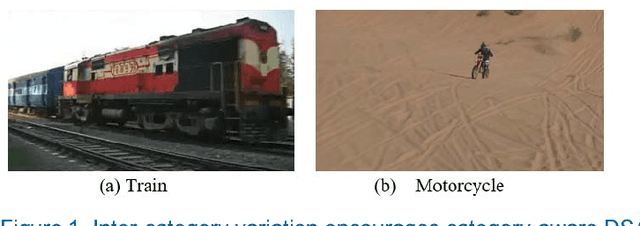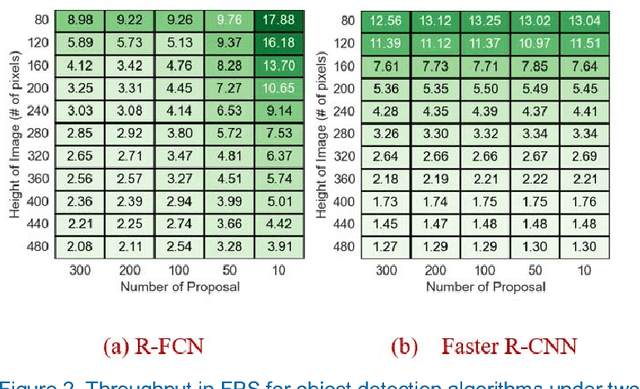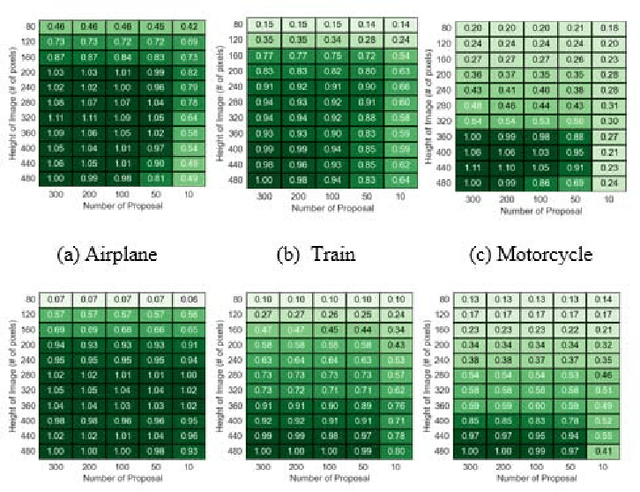Matthew Halpern
One Size Does Not Fit All: Quantifying and Exposing the Accuracy-Latency Trade-off in Machine Learning Cloud Service APIs via Tolerance Tiers
Jun 26, 2019
Abstract:Today's cloud service architectures follow a "one size fits all" deployment strategy where the same service version instantiation is provided to the end users. However, consumers are broad and different applications have different accuracy and responsiveness requirements, which as we demonstrate renders the "one size fits all" approach inefficient in practice. We use a production-grade speech recognition engine, which serves several thousands of users, and an open source computer vision based system, to explain our point. To overcome the limitations of the "one size fits all" approach, we recommend Tolerance Tiers where each MLaaS tier exposes an accuracy/responsiveness characteristic, and consumers can programmatically select a tier. We evaluate our proposal on the CPU-based automatic speech recognition (ASR) engine and cutting-edge neural networks for image classification deployed on both CPUs and GPUs. The results show that our proposed approach provides an MLaaS cloud service architecture that can be tuned by the end API user or consumer to outperform the conventional "one size fits all" approach.
Domain Specific Approximation for Object Detection
Oct 04, 2018



Abstract:There is growing interest in object detection in advanced driver assistance systems and autonomous robots and vehicles. To enable such innovative systems, we need faster object detection. In this work, we investigate the trade-off between accuracy and speed with domain-specific approximations, i.e. category-aware image size scaling and proposals scaling, for two state-of-the-art deep learning-based object detection meta-architectures. We study the effectiveness of applying approximation both statically and dynamically to understand the potential and the applicability of them. By conducting experiments on the ImageNet VID dataset, we show that domain-specific approximation has great potential to improve the speed of the system without deteriorating the accuracy of object detectors, i.e. up to 7.5x speedup for dynamic domain-specific approximation. To this end, we present our insights toward harvesting domain-specific approximation as well as devise a proof-of-concept runtime, AutoFocus, that exploits dynamic domain-specific approximation.
* 6 pages, 6 figures. Published in IEEE Micro, vol. 38, no. 1, pp. 31-40, January/February 2018
 Add to Chrome
Add to Chrome Add to Firefox
Add to Firefox Add to Edge
Add to Edge